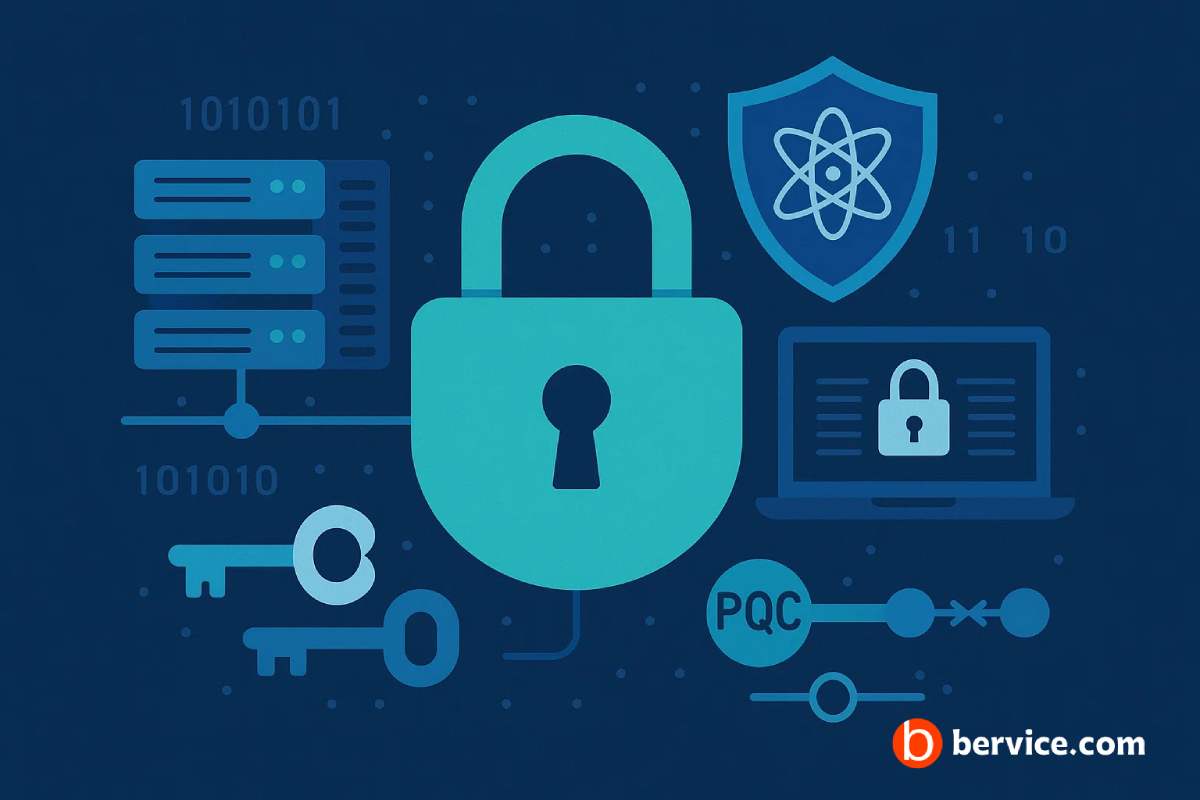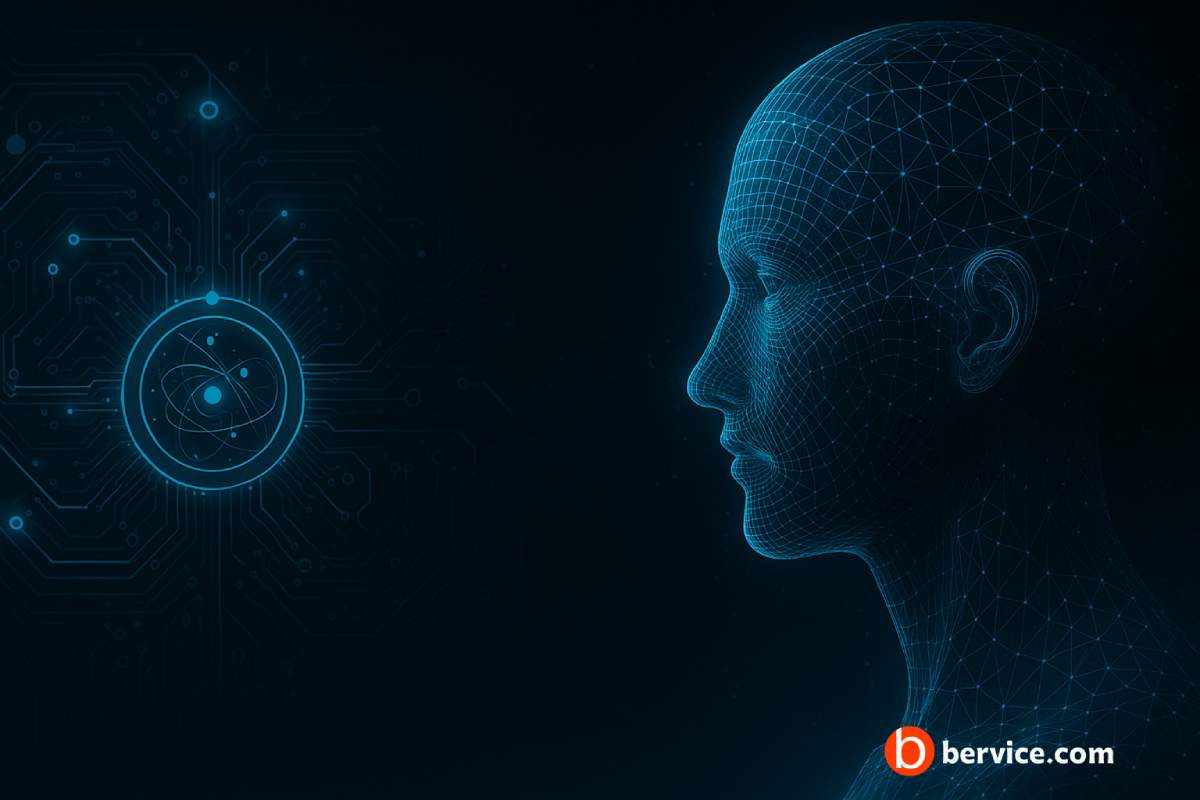
The world of encryption and cybersecurity is undergoing significant transformation as quantum computing advances. O
The world of encryption and cybersecurity is undergoing significant transformation as quantum computing advances. One of the most widely used cryptographic algorithms today, SHA-256 (Secure Hash Algorithm 256-bit), which plays a crucial role in securing online communications and digital assets, may be at risk due to the potential power of quantum computers. This article explores how quantum computing could affect SHA-256 encryption and what it means for the future of data security.
Understanding SHA-256
SHA-256 is a member of the SHA-2 family, designed by the National Security Agency (NSA) in 2001. It is a one-way cryptographic hash function, which means it converts input data into a fixed-size string of 256 bits. It’s widely used in various security protocols, including TLS/SSL for secure web browsing, Bitcoin’s blockchain, and digital signatures.
The strength of SHA-256 lies in its resistance to traditional forms of attack, such as brute force, where an attacker would attempt to guess all possible inputs to find the correct one. Currently, breaking SHA-256 with classical computers would take an impractically long time due to the immense number of possibilities.
Quantum Computers: A Game Changer
Quantum computers operate fundamentally differently from classical computers by using qubits, which allow them to perform complex calculations at speeds unattainable by current technology. The theoretical capabilities of quantum computers could significantly alter the landscape of cryptography, especially through an algorithm known as Grover’s Algorithm.
Grover’s Algorithm enables quantum computers to search through unsorted data at an accelerated pace. For cryptographic systems like SHA-256, this means that the number of attempts required to break the encryption could be reduced exponentially. Specifically, instead of needing to try 2^256 possibilities, a quantum computer would only need to try 2^128, drastically lowering the time needed to find a collision or compromise the algorithm.

The Implications for SHA-256
While quantum computers will not immediately render SHA-256 obsolete, they pose a long-term risk. For example:
- Data security: Any sensitive data encrypted using SHA-256 today may become vulnerable in the future if stored and accessed by quantum computers.
- Blockchain security: SHA-256 is integral to blockchain technology, particularly in Bitcoin mining and transaction verification. If a quantum computer were powerful enough, it could undermine the security of blockchain by generating valid hashes faster than the rest of the network, enabling malicious actors to alter the blockchain’s integrity.
The threat posed by quantum computers suggests that even if today’s encrypted data remains secure, it may no longer be safe in the next few decades.
Future-Proofing Encryption
To address the quantum threat, cryptographers are developing quantum-resistant algorithms, also known as post-quantum cryptography. These algorithms are designed to be secure against both classical and quantum attacks. Some promising candidates include lattice-based, code-based, and multivariate polynomial-based cryptographic methods.
SHA-3, a newer member of the Secure Hash Algorithm family, is one potential replacement for SHA-256. However, even SHA-3 is vulnerable to quantum attacks via Grover’s Algorithm, albeit to a lesser extent. As a result, there is significant ongoing research into creating new hashing techniques that can withstand the power of quantum computing.
Conclusion
SHA-256 encryption remains robust against current computing technologies, but the advent of quantum computing could eventually undermine its security. As we move closer to the reality of large-scale quantum computers, the need for quantum-resistant cryptographic algorithms becomes more urgent. Preparing for this future involves adopting and transitioning to new algorithms that can protect our data in a post-quantum world.





